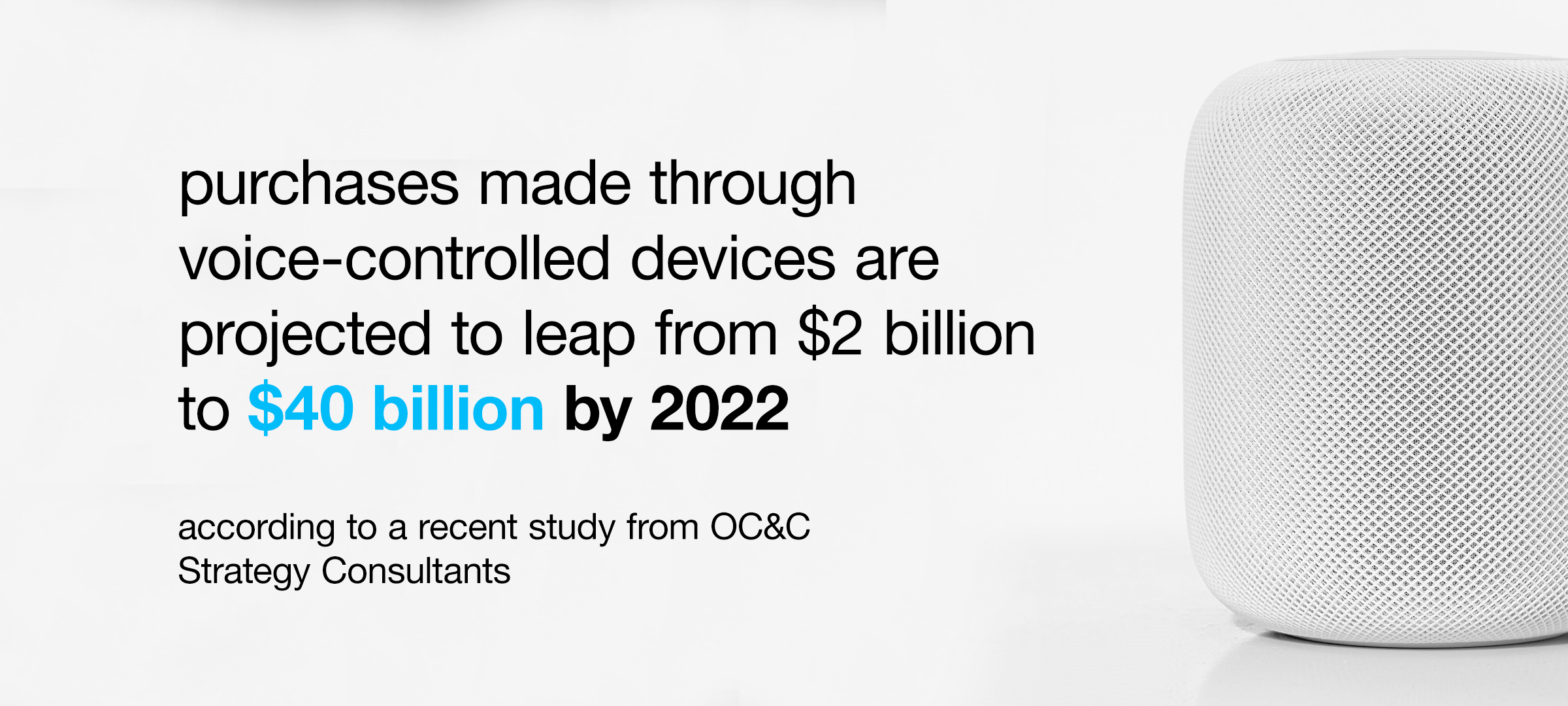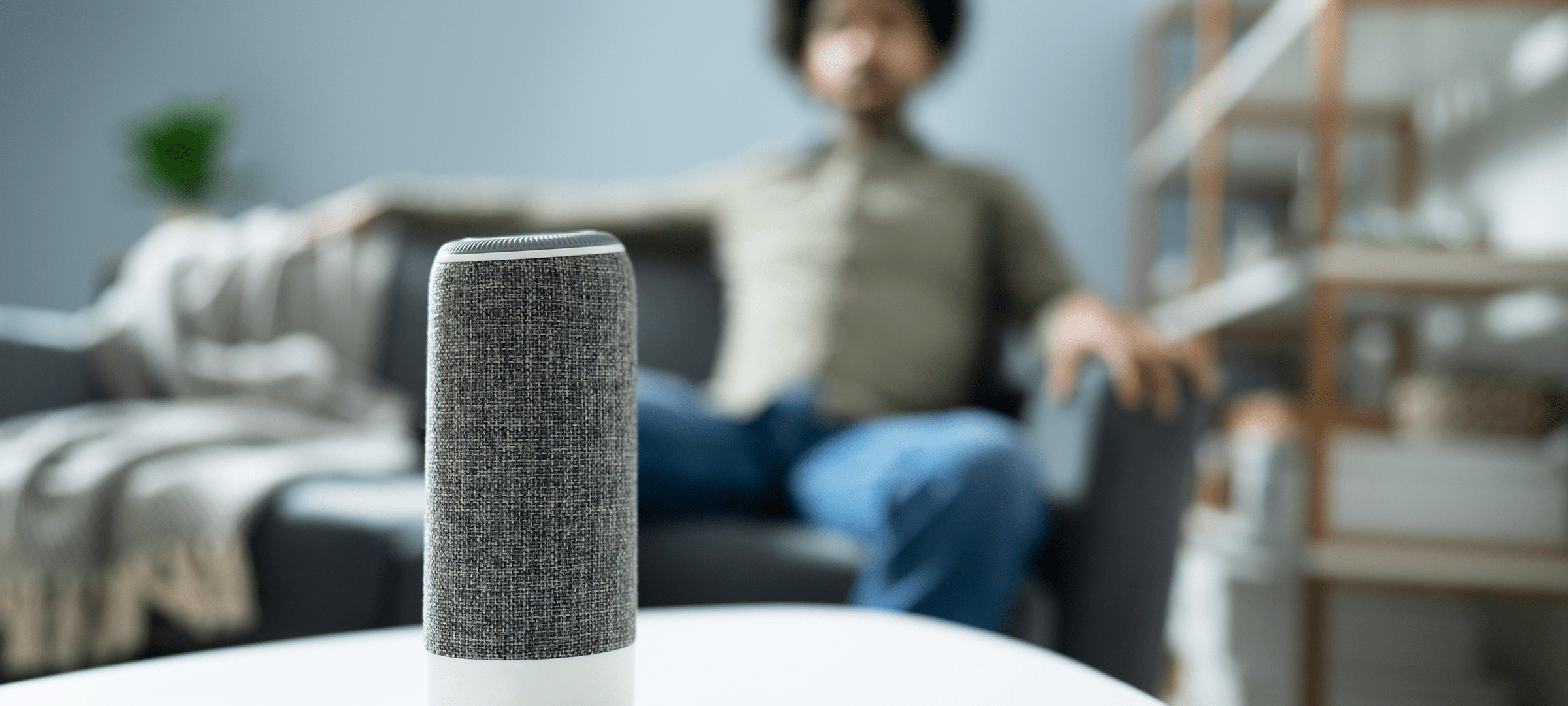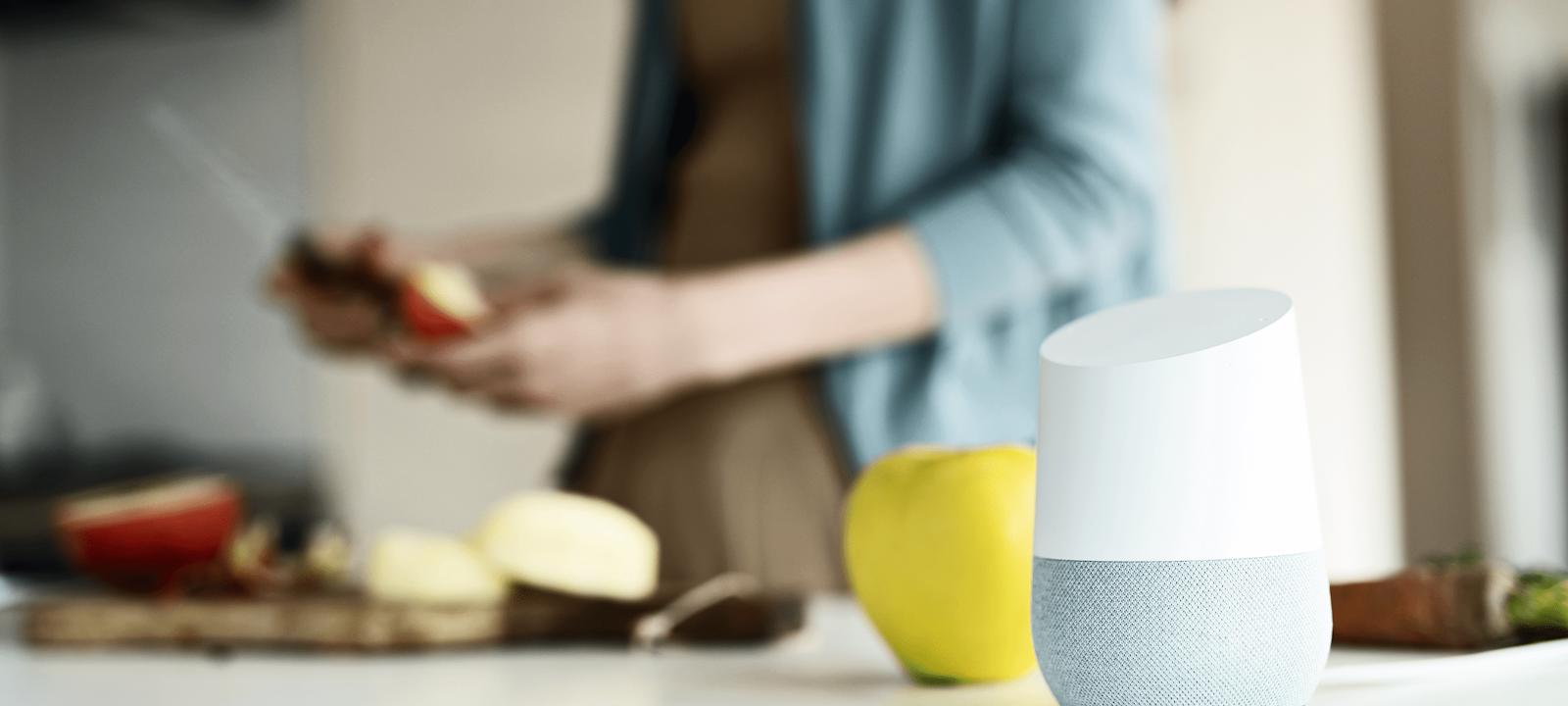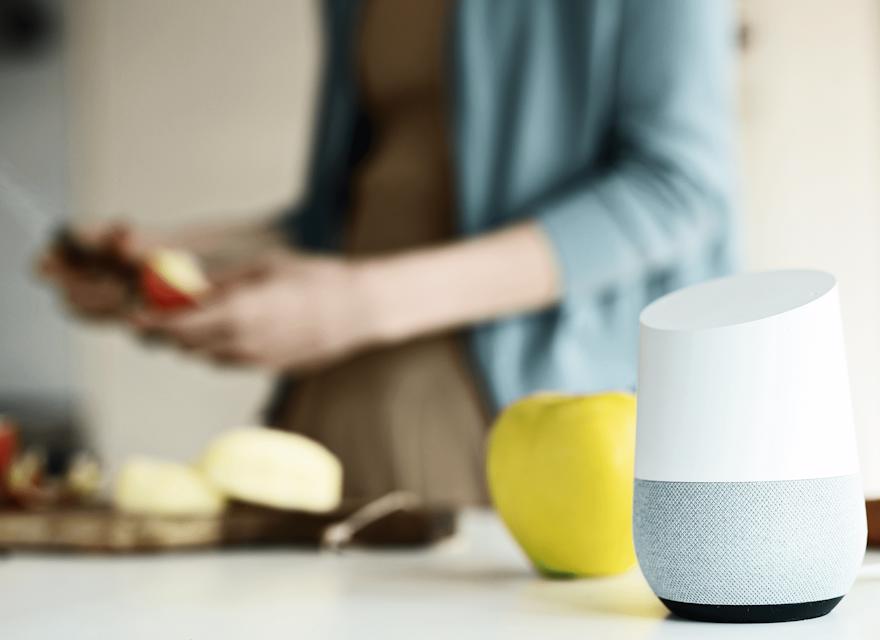Over a century later, the once minted Sears, Roebuck and Company would find itself filing for Chapter 11 bankruptcy, following suit behind the laundry list of other retail giants that have fallen victim to changing times.
As Sears himself knew, retail is a marketspace driven by convenience. In 2017, findings from a study published by the U.S. Department of Labor’s Bureau of Labor Statistics revealed that the average employed American works 43 hours per week.
As more Americans work longer hours in cities with immobilising traffic, the way in which they purchase goods will continually evolve to meet the needs of an ‘on-the-go’ society.
Such evolution includes emerging technologies in e-commerce that have created entirely new selling spaces thanks to advances in speech recognition software and its integration into the daily lives of smartphone users.
Although voice recognition technology is still in its infancy, the impact that it has already had on the retail sector is fascinating and can be examined from two different angles: the consumer experience and, on the business side, customer acquisition through hyper-personalised recommendations gained through the software’s tracked purchase history.
As a tool for consumers, voice recognition software allows shoppers to make online purchases via voice command, freeing up precious time wasted on clicking through retail web pages or filling out lengthy purchase forms.
But how many people would actually prefer to task a robot with their shopping?
The Answer Is: A Lot, Actually
According to findings published in Optimizely’s 2019 global report: Reimagining Commerce, approximately 17 percent of consumers make purchases using voice devices multiple times each month; meanwhile, more than one in five consumers, or 22 percent, use voice devices for research. Compared to recent years, it’s safe to say that voice technology is growing in popularity.
 In fact, purchases made through voice-controlled devices are projected to leap from $2 billion to $40 billion by 2022, according to a recent study from OC&C Strategy Consultants, and legacy stores like Walmart have already made moves to cash in on the voice market.
In fact, purchases made through voice-controlled devices are projected to leap from $2 billion to $40 billion by 2022, according to a recent study from OC&C Strategy Consultants, and legacy stores like Walmart have already made moves to cash in on the voice market.
In April, the big box retailer introduced Walmart Voice Order in partnership with Google to allow customers to order grocery items from their Google Assistant-enabled smart devices.
And it’s not just limited to digital platforms: Brick-and-mortar shopping can also be made more efficient through voice activated software. We’re already seeing some apparel retailers integrating voice technology in their dressing rooms and, just last year, H&M installed a voice activated smart mirror its Times Square store.
The mirror offers customers personalised styling tips based on the items they selected and gives customers the option to view similar items or select coordinating accessories directly from their dressing rooms. After that, any items of interest can be purchased through the mirror by scanning a QR code.
But like with any new technology, there is always a learning curve and, while remote voice shopping works well for tasks like grocery or office supply purchasing, questions of how offsite voice ordering will fare for fashion retailers remain unclear.

“Voice technology is bound to be important for fashion brands in the future as it’s meeting consumers where they are,” Allie Egan, CEO of Cynthia Rowley, told RETHINK Retail. “To be successful in voice, brands need to find real ways to connect and actually help consumers. There are few examples of this yet, but with technology and better understanding of individual consumers and their style and preferences, the best brands will come up with some great offerings.”
Those questions, however, may be answered soon: In a twist of irony, UK retailer Argos began trailing their voice-controlled shopping service last year, giving customers the option to use a smart home speaker to order fashion or homeware items directly from their mail order catalogue.
Despite still being in its blue sky phase, voice controlled technology has the opportunity to streamline the way consumers purchase goods in the same way e-commerce has transformed the retail landscape and, although these shifts may feel tenuous today, automation will leave its lasting impact on society — let’s just hope Alexa was programmed with a good sense of style.








